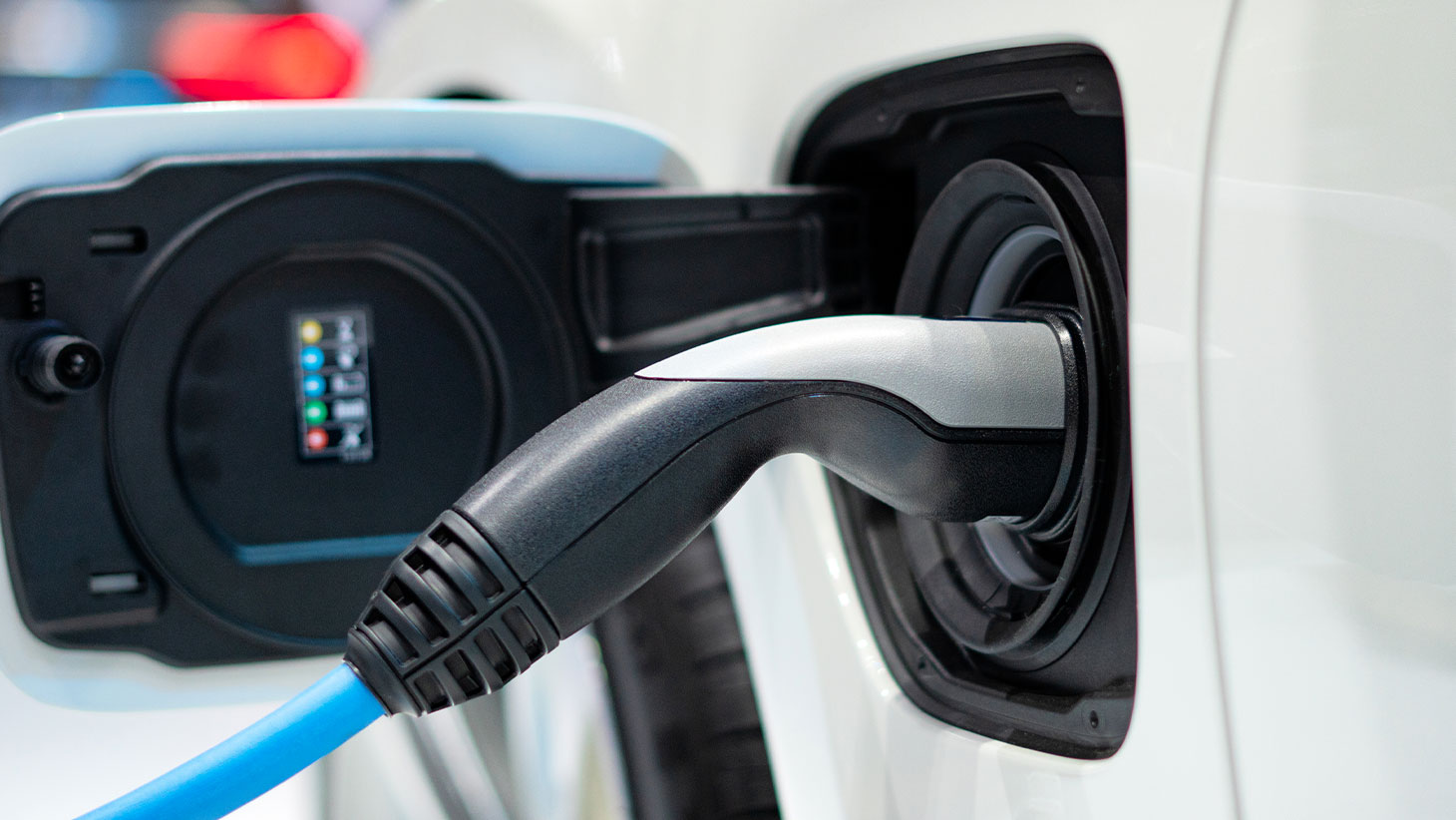
Trends in electric vehicle development in Brazil
Electric and hybrid vehicle technology has become increasingly popular in China, the United States, and some European countries. Brazil’s Latin American neighbours Chile and Colombia are investing in fleets of 100% electric buses for public transportation, starting a healthy race for recognition as South America’s cleanest and most sustainable cities. Many of these contracts, which historically were signed with Brazilian automakers, are being dominated by foreign companies that have managed to present a faster response to the demands.
The demand for electric vehicles in Brazil
There are more than 44 million conventional light vehicles circulating in Brazil. However, only 0.3 percent of the cars on the road in 2019 are hybrid or electric, according to the statistics report published by the National Association of Motor Vehicle Manufacturers (Anfavea). The modest figure is mainly due to high acquisition costs and the lack of infrastructure, as the vehicles depend on supply networks and specialized chains for maintenance.
The growth of electric vehicles contributes to the reduction of avoidable waste of fuels, especially of fossil origin. This is just one of the reasons why the country needs to adapt to this technological turnaround quickly. The Brazilian industry is a world reference in the development of power electronics equipment and electric machinery, but the propulsion system in electric vehicles brings new challenges since its efficiency does not lie in the individual optimization of each component, but in the harmony of the system as a whole. Automakers need a platform in which they can simulate all components, electrical and thermo-mechanical, integrated, with physical models that are true to reality.
Commercial Electric Vehicles and the Future of the Industry
In the commercial vehicle sector, however, the electrification trend is already a reality and should also be followed by light vehicles in the coming years. Brazil accounts for 5% of the planet’s vehicle fleet. Following the global trend, we know that electric and hybrid vehicles will become increasingly popular here as well.
Simulation is key in the local development and production of these vehicles. Keeping an eye on this trend, ESSS prepares the Brazilian industry for the growing demand for electric and hybrid vehicles, providing simulation software that enables automakers to design and produce efficiently, in less time, with lower costs and higher precision.
Ansys software provides precision and agility in conceptual design stages, seeking overall system efficiency and project cost reduction, while also considering control software, such as battery management and regenerative braking. With these solutions, companies will be able to create and adapt quickly.
Benefits and incentives for the adoption of automotive electrification
Electric vehicles do not emit greenhouse gases in their locomotion, which is why they are called “zero emissions”, nor do they emit considerable noise since electric motors are quieter than internal combustion engines. They do not depend on fossil fuels, a factor that generates ecological, economic, and geopolitical impacts – since most countries depend on the import of these products. They are more energy-efficient than combustion vehicles, having a lower energy expenditure per space traveled than a conventional vehicle.
Even with all these advantages, the adoption of the electric vehicle does not depend only on a change in habits, consumer preference, or automakers. It will require a broad review of infrastructure, supply, and tax incentives. The countries that lead the electrification market, such as Norway, for example, have adopted a series of measures, such as free parking for electric cars and credit to purchase the vehicle through tax reduction.
In Brazil, the São Paulo City Hall approved, in May 2014, Law 15,997/14 that establishes that electric, hybrid, and hydrogen fuel cell cars registered in the city can get back 50% of the Motor Vehicle Ownership Tax (IPVA) paid, which corresponds to the municipality’s share. The vehicles were also exempted from São Paulo’s rotating circulation system.

